We use cookies, along with some third-party sites (like Google, Facebook, etc.). By continuing to visit this site you agree to our use of cookies.


- Search Yachts
- Destinations
- Company
- Sailing info
- Blog
Need help? Contact us
In the recent years, Croatia is seen more and more as a gourmet destination, thanks to its rich cultural history and heritage, all of which has left an impact in its cuisine which is quite diverse and rich in flavors. As we have covered in one of our previous articles, the staff at Michelin have finally started to discover what Croatia has to offer, and hopefully, with the help of this article, you will as well.
Just taking a quick glance at a rich and diverse regional heritage will be enough to show the potential. Istria with its truffles and Malvasia wines, Dalmatia with seafood and Mediterranean diet which is a part of UNESCO world heritage on islands of Hvar and Brač and unique dishes found only on distant Dalmatian islands. There is enough diversity to make anyone's mouth water. The recent rediscovery of authentic recipes passed down from one generation to another has been blended with the modern approach to bringing a creative food experience, unlike any others. Here are only a few, most memorable ones, since naming all of them would require writing a book.
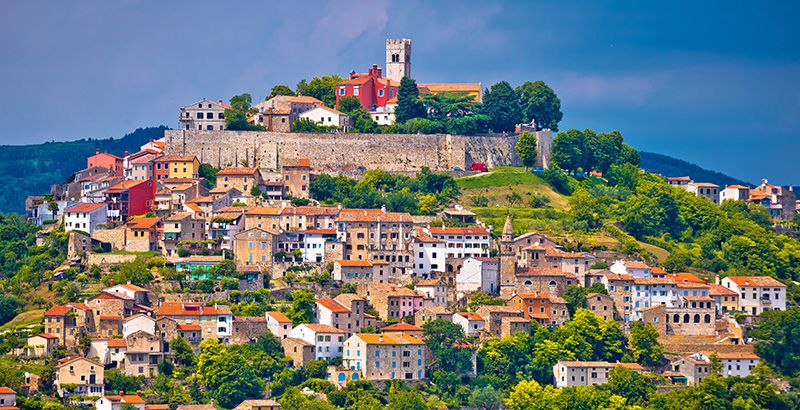
Let us start our food journey by sailing from north to south and experiencing the best each region has to offer. First one on our list is Istria, the Tuscany of Croatia. Istria can be regarded a gourmet paradise, thanks in a great amount to the effort the inhabitants put in protecting the authenticity of the region and promoting its local produce. Good cooking is pretty much the norm here and you will be assured of a good meal no matter where you go. The most unique and well priced local produce must be the truffles, highly-prized subterranean fungus that grows in only a few places in Europe, in Istria most notably around the towns of Motovun and Buzet. Many of the local restaurants will have at least one truffle-based recipe on the menu, and when deciding upon it take into account that the simpler it is the better – a simple omelet with truffles can be astounding.
Best dishes:
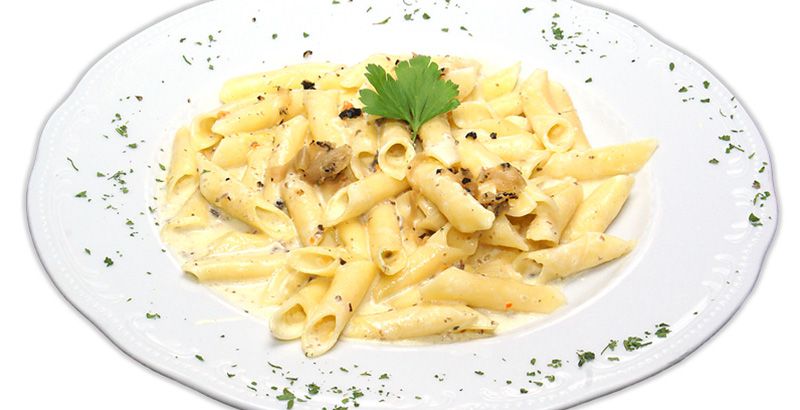
Calling Istrian Fuži only a pasta could be considered a crime and you will understand why the first time you taste it. This handmade Istrian specialty goes hand in hand with other unique food of the region, white truffles. Combine this meal with some Istrian Malvazija, and you have a heaven in your mouth. Why not head out to first even Michelin certified restaurant, Monte, in Rovinj to discover the taste of truffles for yourself?
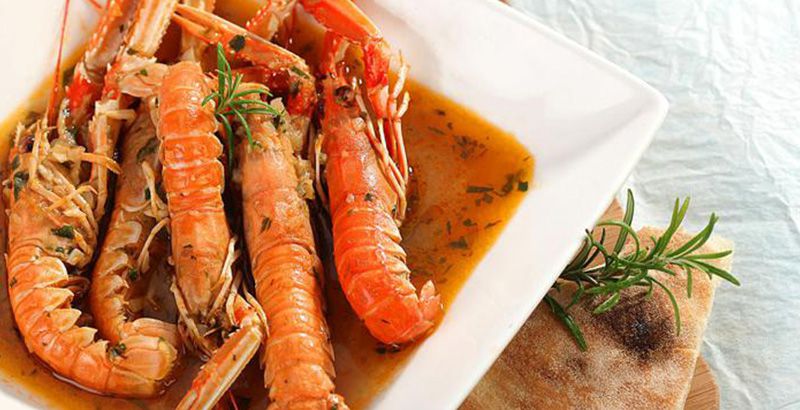
The scampi from the Kvarner Gulf is particularly famous since this part of the Adriatic is unique for its sandy bed where they can thrive. The classic recipe, and arguably the best, is škampi na buzaru, scampi is cooked in mouthwatering wine sauce and are served whole. The traditional way to eat them is with your fingers, prying them open and sucking out their tasty white flesh.
A small little fishing village of Volosko has some of the finest seafood restaurants in the country, so why not head there and straight into the restaurant of Plavi Podrum, which has a whole menu dedicated to the succulent crustaceans.
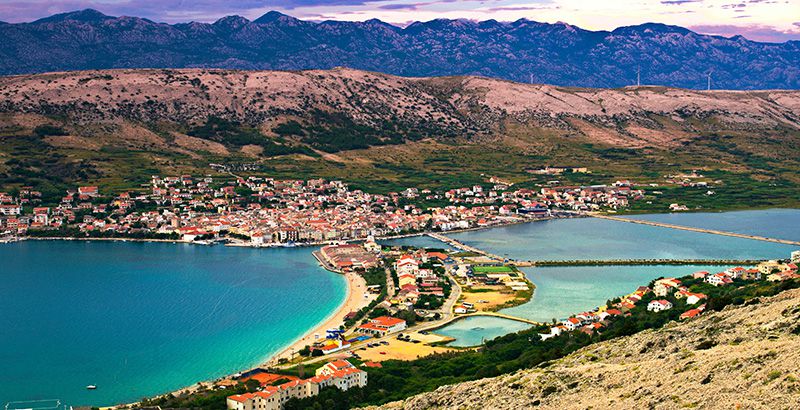
Much of Dalmatian cuisine is influenced by its eastern neighbor, Italia, since the region has been connected, politically and economically, with the Venetian Republic for a long time. Much of Dalmatia produces extremely high-quality olive oil, most notably on Hvar and Korčula. There is an olive tree planted in 384 BC at the plain of Stari Grad, on the island of Hvar, planted by Greek settlers. The cultivation has been uninterrupted for some 2400 years. The quality and diversity of seafood available are mindboggling, together with the quality of wines available, especially authentic and rustic sorts on the islands.
Best dishes:
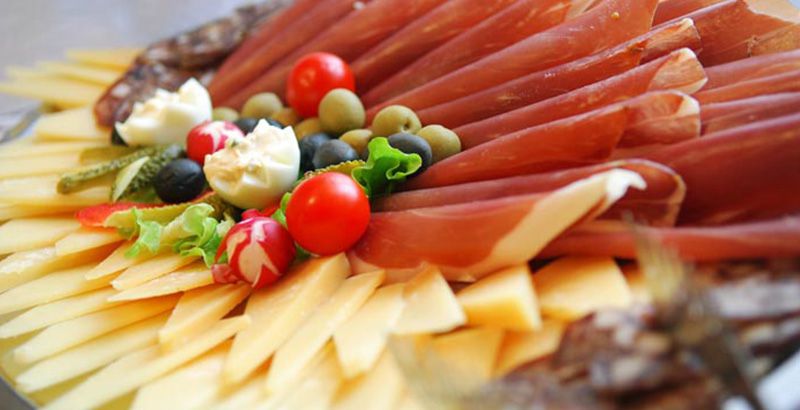
Croatia's most famous and celebrated cheese is hard sheep's cheese from the island of Pag. The distinct taste is somewhere between parmesan and mature cheddar, and its unique flavor is the result of sheep's diet of wild herbs covered in wind-borne sea-salt which blankets much of the island. The cheese is rubbed with a mixture of olive oil and ash before being left to mature. Cheese is served together with pršut: home-cured ham served in thin, mouthwatering slices. Most of the cheese producers are found around the town of Kolan, where you can buy the cheese directly from the local producers or you can head to Gligora cheese factory, which organizes tours and tastings.
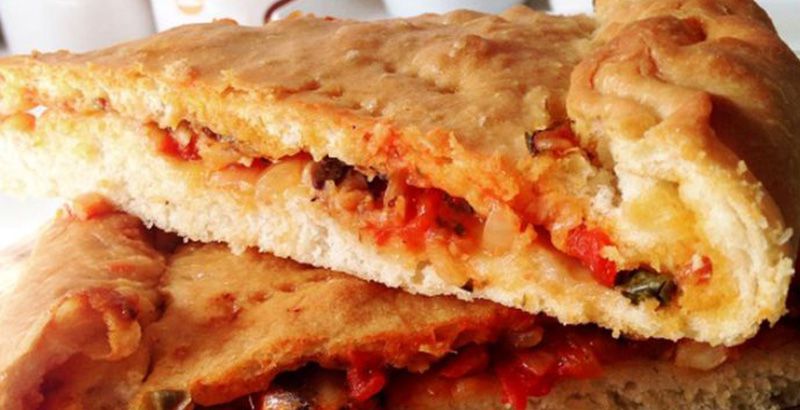
Many of Croatia's islands have preserved their traditional foods, that can be found uniquely on the island. The biggest inhabited island of South Dalmatia, Vis is home to anchovy pie, a delicious dessert that consists of cake-like pastry stuffed with anchovy and onion. The neighboring island of Komiža is a bitter rival with their recipe that contains tomatoes, so why not use that as an excuse to try both?
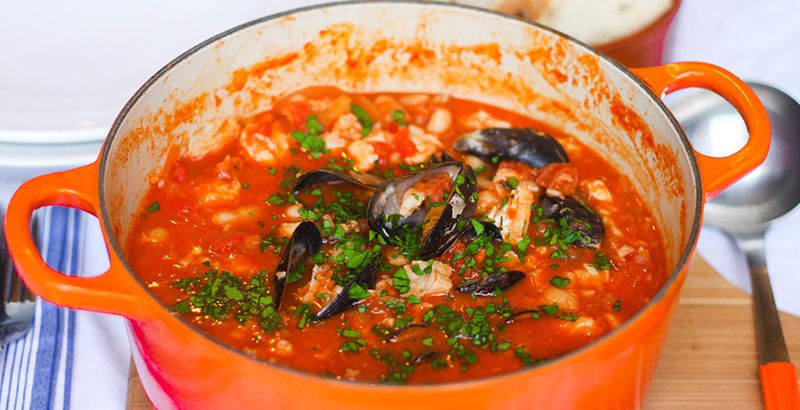
This classic Dalmatian food is a favorite amongst many locals and tourists alike. Brodet is a seafood stew usually served with creamy polenta. For the best possible brodet, three types of fish are used, shellfish and according to taste few crustaceans can make the mix. It is so rich with incredible depth of flavor thanks to the mixture of seafood used. It is, without doubt, one of the best Croatian foods.
Why not head to Pelegrini Restaurant near Šibenik to taste the chef's recipe? It is a Michelin star certified restaurant, and the chef-owner also organizes cooking classes where you will be led to the local open market to pick the best local produce. Afterward, he will show you his favorite dishes and why not use the opportunity to steal some recipes to bring home?
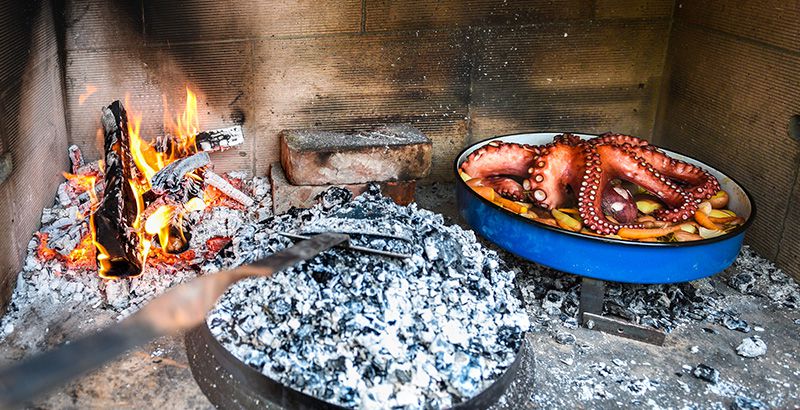
You cannot leave Croatia without tasting the food prepared under peka. Peka is a method of cooking food, used all over Dalmatia. The peka is a bell-shaped steel lid that is heated by burning wood below it. Once it has been heated, the food is placed in a tray underneath the peka, with embers placed on top so that the food is cooked in its own juices.
Any kind of meat or fish can be cooked using the peka, but the octopus with potatoes is simply amazing. Once you taste it, you will not be able to eat octopus prepared in any other way. But the star of the dish would probably be the potatoes, which suck up all the juices from the octopus, making them so succulent and juicy that you will hardly be able to stop yourself from eating all of them.
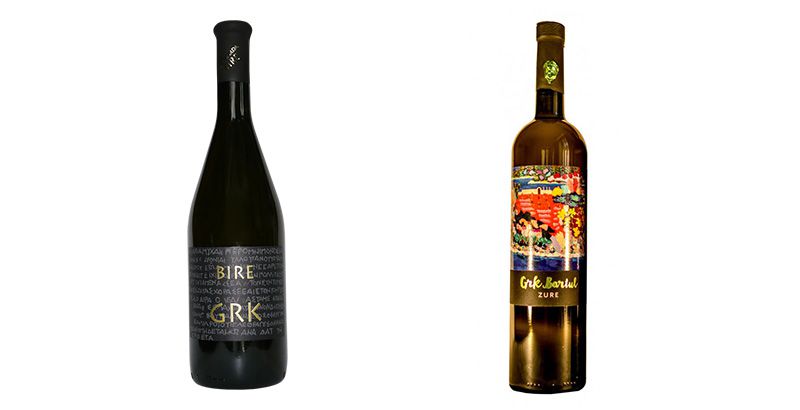
Don't forget to wash down tasty seafood with a glass of Dalmatia's wine! Bone dry, acidic and with a tart taste, Grk wine simply begs to be paired with the very freshest shellfish. Grk wine is a wine worth traveling to Croatia alone.
Only a handful of vineyards around the town of Lumbarda on the island of Korčula produce it since the grape is native to the sandy soil there.
The vast majority of bottles produced, there are only a few hundred of them, are quickly snatched by the local hotels, so you can use that fact as a great excuse for a finner at Lešić Dimitri Palace, a former Bishop's palace renovated into a hotel and a restaurant.
A perfect spot to taste the best Dalmatia has to offer.
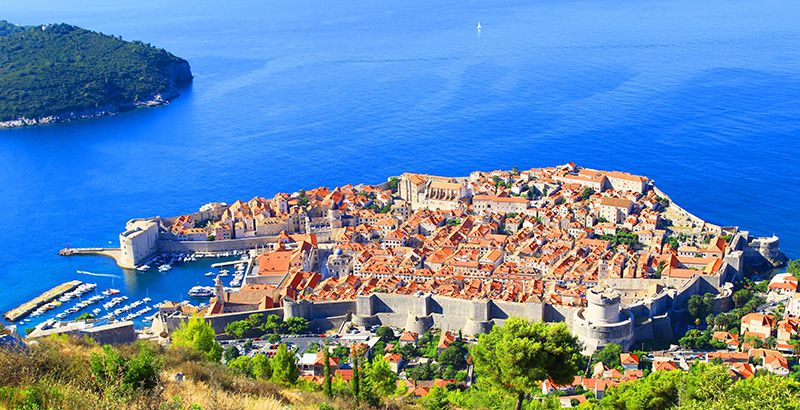
Dubrovnik is the pearl fo the Adriatic. A city with a rich history dating back since the time fo ancient Greeks and with a cultural heritage which makes it one of the unique cities on the planet. You will find no shortage of high-quality restaurants in the area, together with Michelin star certified Restaurant 360, which can boast itself not only for its captivating scenery but also for its tasty food.
Best dishes:
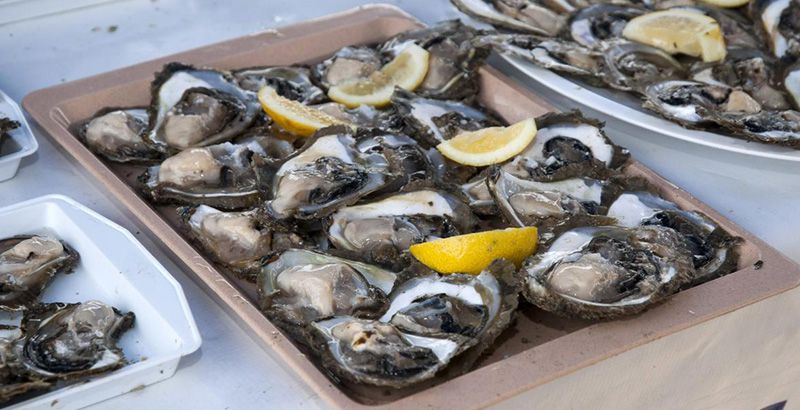
If you love oysters than head to nearby Ston. There is something special about eating them just a few meters away from the place where they are harvested. The small community of Mali Ston is the place to do it. You will be surprised by some of the sweetest, tastiest oysters you will find anywhere else.
Cultivated in the waters of Ston since the Roman times, the art has been perfected.
There are several restaurants to choose from Kapetanova Kuća together with local rival Bota Šare, which has also opened up Bota Oyster and Sushi Bar in Dubrovnik, for those wanting to experience a Japanese-Adriatic fusion of tastes.
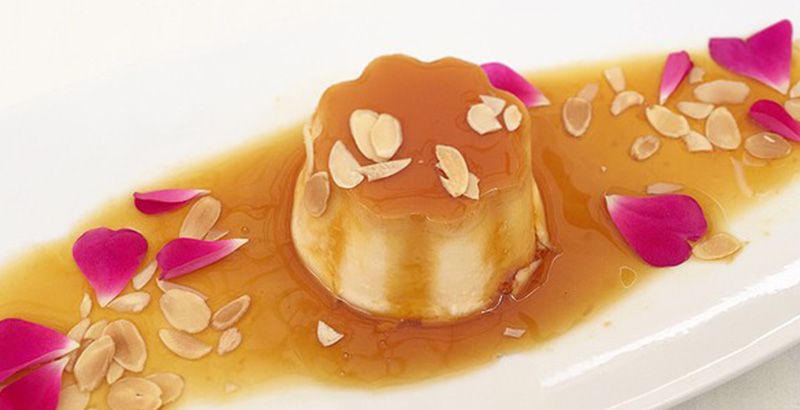
For those who have a sweet tooth, look no further than Rozata. Originally from Dubrovnik, this simple dessert is basically a pudding made of custard, but creamy and served with a tasty syrup. Made in a small bowl, the pudding is tipped upside down and served with sugary goodness.
Light in taste, but rich in flavor, this simple dessert is a perfect ending to any dinner.
As you have seen, there is no shortage of delicious foods available when sailing across the Croatian coast. The unique blend of tradition and modern inventions in food preparation is something you will encounter when dining at finest restaurants Croatia has to offer and will have you longing for a second taste a long time after you have departed for home.
Sailing Routes: 7-Day Dalmatian Sailing Itinerary
Marin @Danielis - November 21, 2017.
5 House Rules You Should Follow Onboard While Sailing
Marin @Danielis - May 19, 2017.
Top Places to Go Snorkeling in Croatia
Marin @Danielis - February 16, 2017.
5 Reasons Why Sailing Is The Best Way To Travel
Marin @Danielis - July 25, 2017.
10 Tips on how to prepare for a Sailing Holiday in Croatia
Marin @Danielis - November 07, 2017.